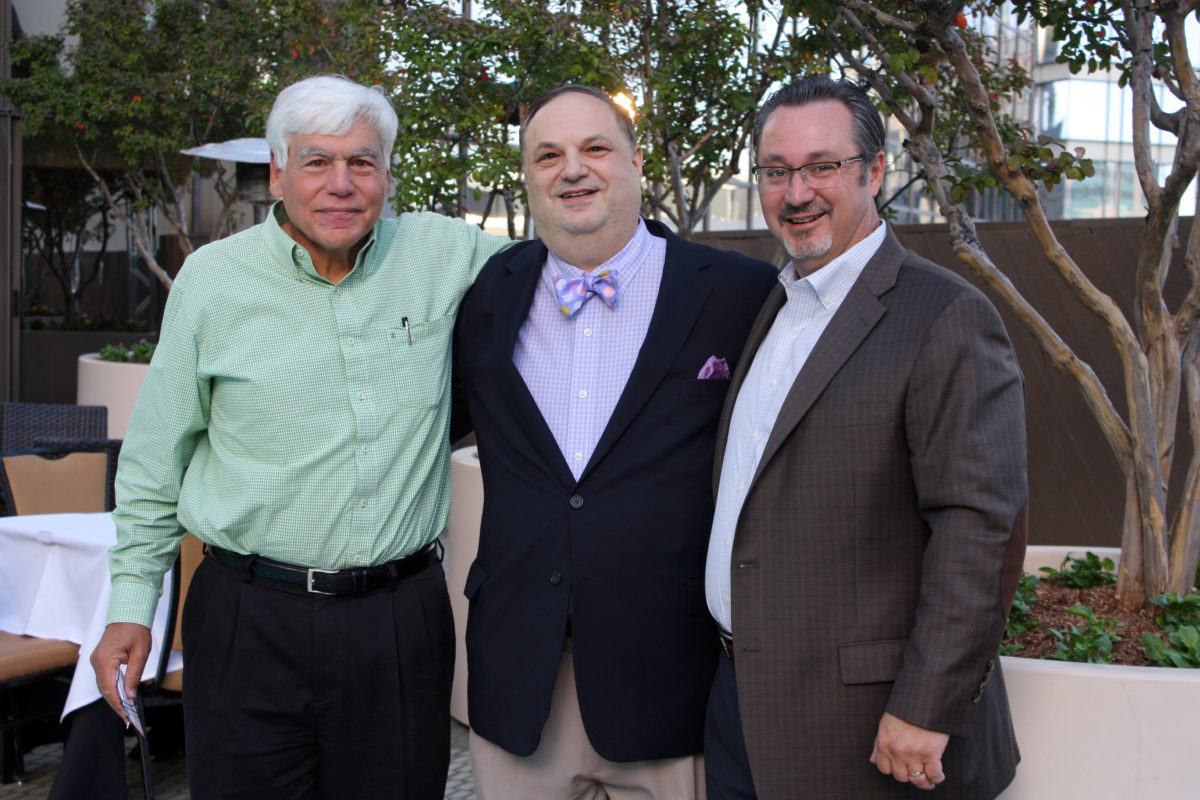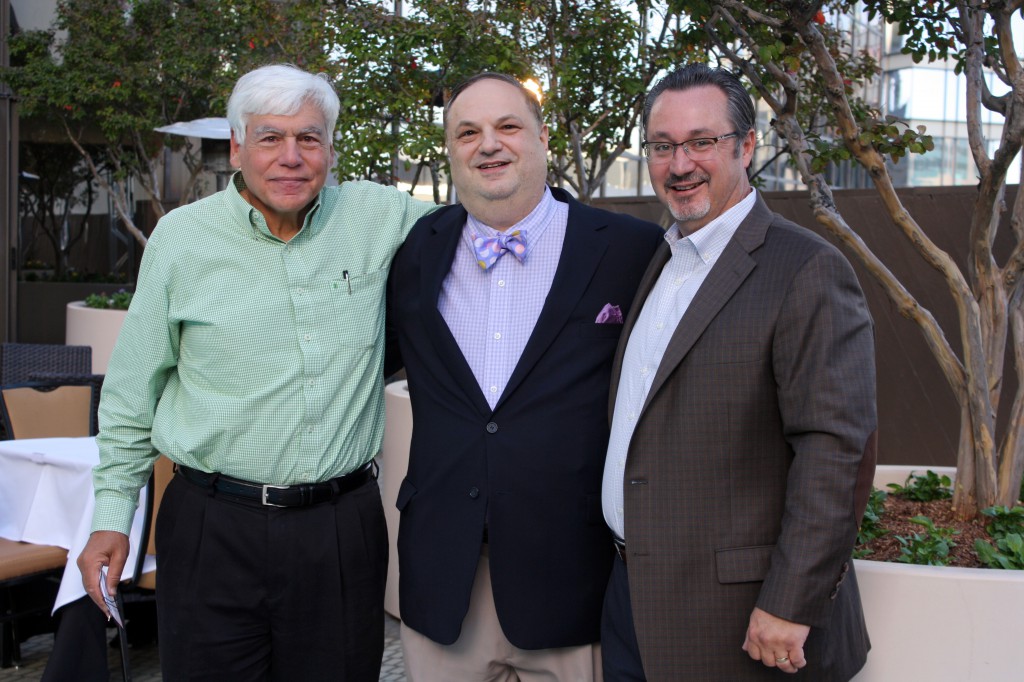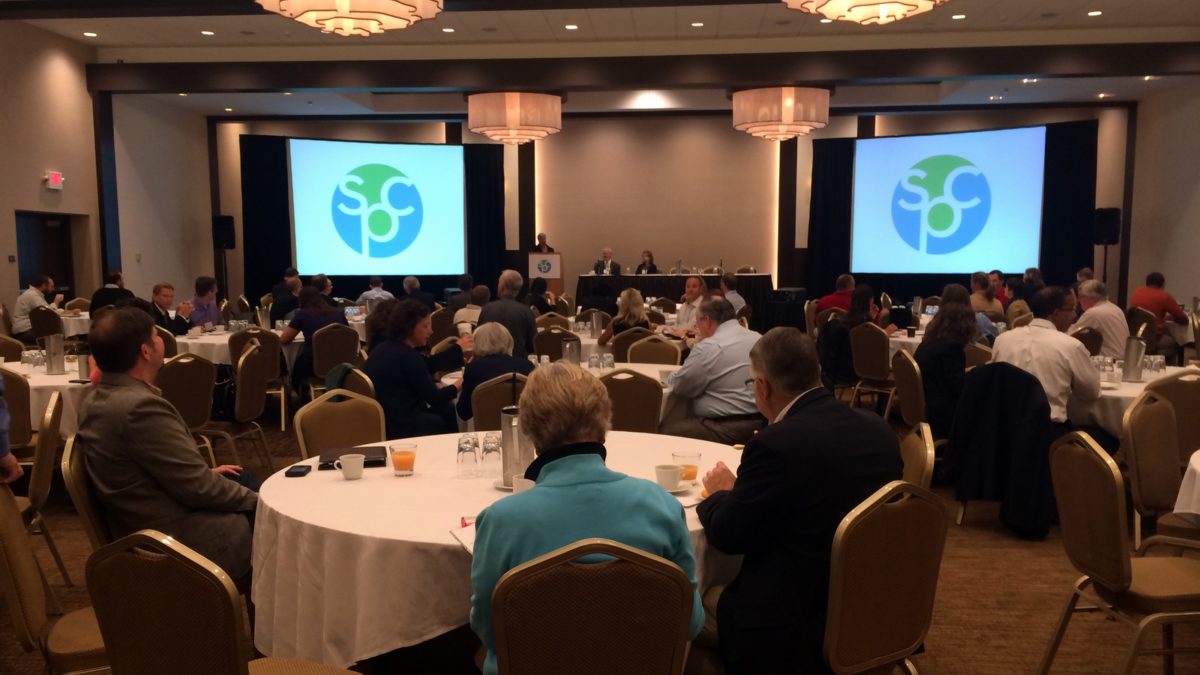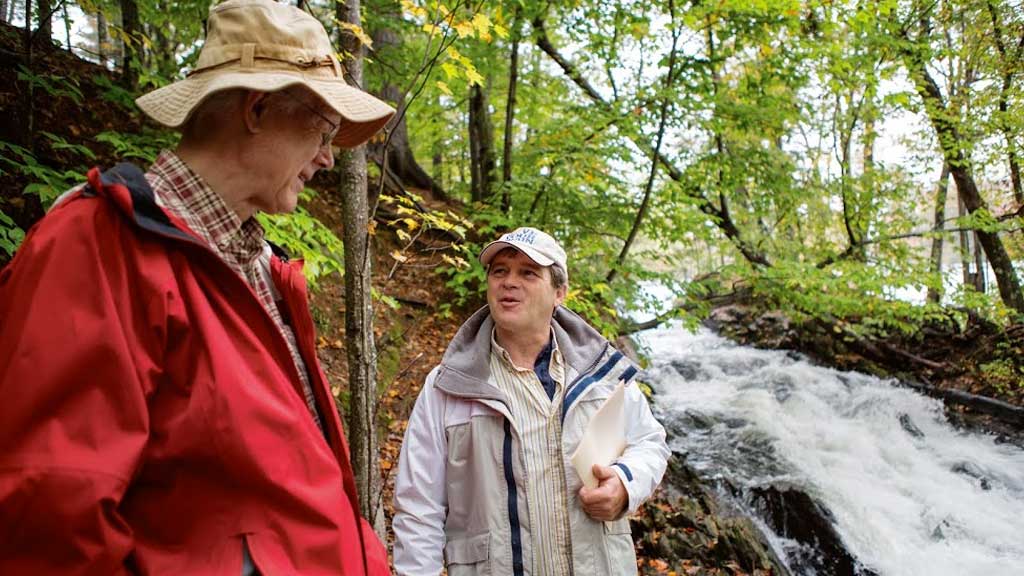New sustainable packaging-focused event will help brands and retailers achieve their sustainable packaging goals

The Sustainable Packaging Coalition, a membership organisation of over 320 brands, retailers, packaging manufacturers, suppliers and others, will bring together participants from across Europe for SPC Engage: London, an event focused on helping brands achieve their sustainable packaging goals.
SPC Engage: London’s theme is Activating Packaging Sustainability Through Goals Implementation. This event will help brands, retailers, and their supply chain partners understand how to align their goals with larger global sustainability frameworks and commitments like the Sustainable Development Goals, The EU Circular Economy Package, and The New Plastics Economy.
Images from SPC Engage: Minneapolis 2019, a precursor to SPC Engage: London


The salon-style event will include interactive presentations and panels that provide a balanced overview on key topics and tradeoffs in sustainability goals. There will also be workshops that will help brands, their suppliers, and others in the sustainable packaging community to develop actionable strategies to implement their goals while providing them with a platform to learn, share ideas, and collaborate with industry peers.
“SPC Engage London will take a deep dive on all the different elements at play when it comes to executing sustainable packaging goals, from the role that legislation, policy and voluntary commitments play, how retailers and labeling schemes can influence consumers and supply chain partners to the key decisions companies need to make to fulfill their sourcing and recovery goals,” said Barbara Fowler, Director of Stakeholder Engagement, GreenBlue. “The SPC is looking forward to bringing new perspectives to these very relevant topics at a global level.”
Sessions include:
Making Sense of the The Evolving UK and EU Legislation Around Recyclable and Compostable Packaging, EPR and Single-Use Plastics
- Speakers from Mars Inc, EUROPEN, DEFRA, INCPEN, Welsh Government
Voluntary Commitments and The Role of Packaging Innovation: What Does Progressive Look Like in the UK and Europe?
- Speakers from WRAP, SYSTEMIQ, Coca-Cola European Partners – Great Britain, Veolia UK & Ireland, Plastics Europe, and Carlsberg UK
Pioneering Responsible Sourcing in Packaging Materials
- Speakers from Nestlé UK & Ireland, RB, NatureWorks, Asia Pulp & Paper
Designing Packaging Holistically to Fulfill Recovery Goals
- Speakers from Procter & Gamble, Coca-Cola Great Britain, Method Ecover, Mondelēz UK
The Driving Force of Retailers and Their Role in Implementing Goals, Commitments, and Leading Sustainable Innovation, A Panel Conversation
- Speakers from H&M Group, DECATHLON, Co-Op, Rapid Action Packaging, Anthesis
The Role of Labeling Schemes in Goals Execution: What Have We Learned About Behaviour Change?
– Speakers from OPRL, How2Recycle, Packaging Recovery Organisation Europe, Fashion Institute of Technology
The event will be held at The Design Museum in London, which will serve as the perfect backdrop to this creative-focused event.

The event is open to SPC members & non-members. For more information about this event visit www.spcengage.com/london.
This event is sponsored by Avery Dennison, Asean Stalk Market, Klöckner Pentaplast, KotkaMills , UPM Raflatac, and NatureWorks.
About the Sustainable Packaging Coalition®
The Sustainable Packaging Coalition® is a membership-based collaborative led by an independent non-profit that believes in the power of industry to make packaging more sustainable. Using an objective life-cycle-based approach, we work in a constructive atmosphere to provide thought leadership and bring our members together to strengthen and advance the business case for more sustainable packaging. Over 320 brands, retailers, manufacturers, suppliers, academic and government organizations make up the SPC. To learn more visit www.sustainablepackaging.org.

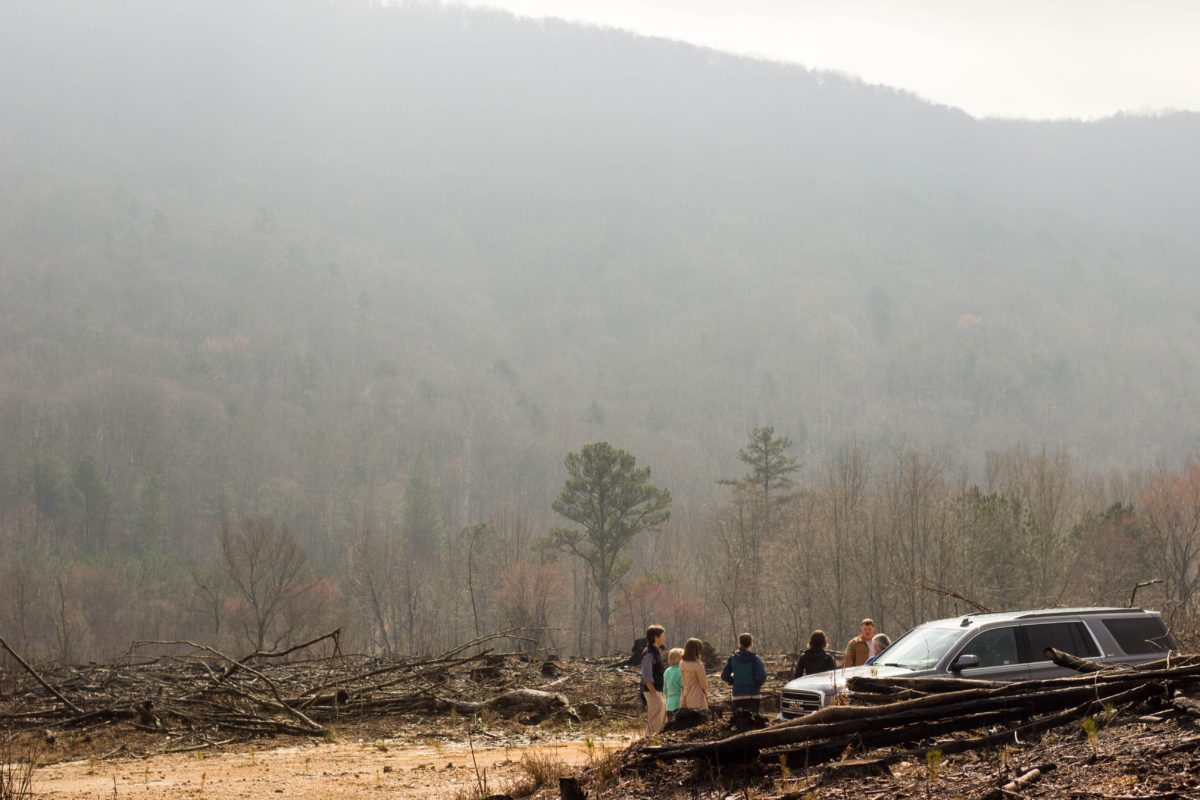
 Development expanding in the region is not the only challenge he faces as a young woodland owner who is trying to continue the family legacy of managing more than 500 acres of forest land. While some crops such as corn are harvested and regrown annually, trees in the Southeast often take 15 to 30 years to become ready for harvest. Once trees are ready for harvest, finding mills that will buy his timber and pulp at a competitive rate is challenging. Prices for wood and pulp are low, and even if he can nurture and maintain a tree from seedling to fully-grown, environmental factors such as ice storms and hurricanes can wipe out his crop overnight.
Development expanding in the region is not the only challenge he faces as a young woodland owner who is trying to continue the family legacy of managing more than 500 acres of forest land. While some crops such as corn are harvested and regrown annually, trees in the Southeast often take 15 to 30 years to become ready for harvest. Once trees are ready for harvest, finding mills that will buy his timber and pulp at a competitive rate is challenging. Prices for wood and pulp are low, and even if he can nurture and maintain a tree from seedling to fully-grown, environmental factors such as ice storms and hurricanes can wipe out his crop overnight.
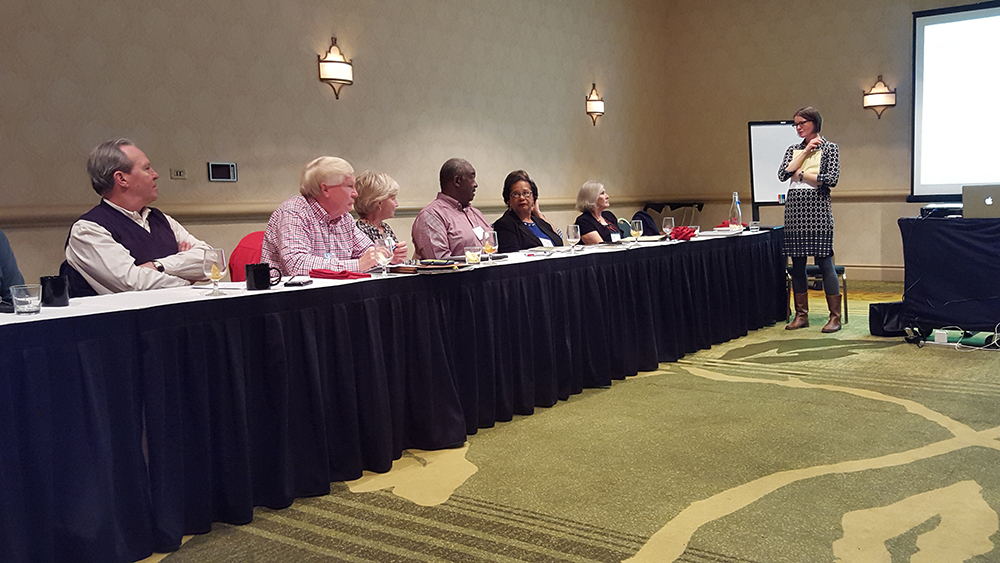
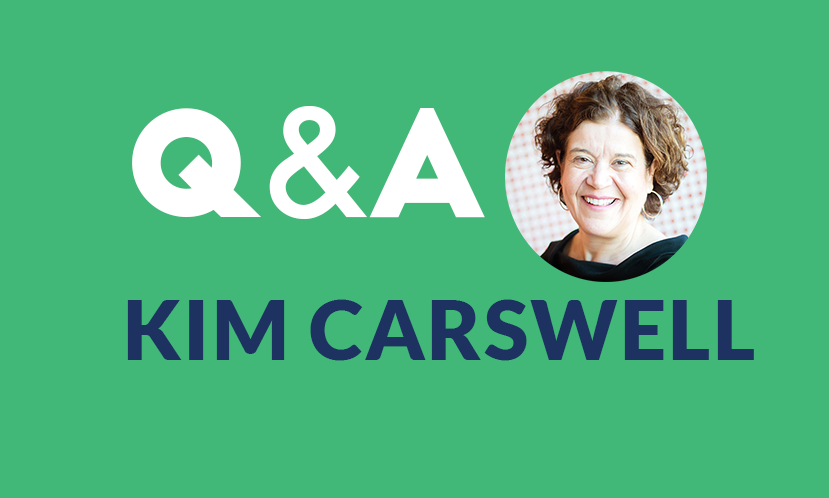
 EC member: Kim Carswell
EC member: Kim Carswell